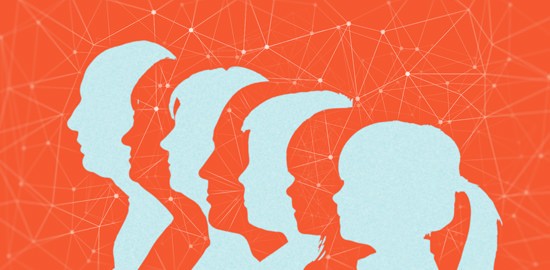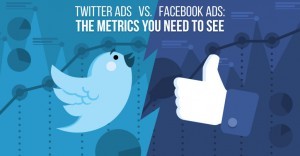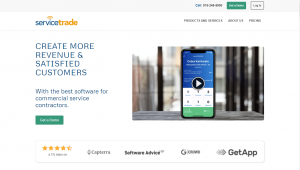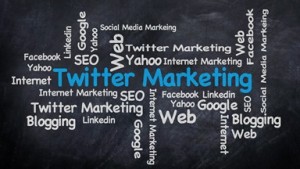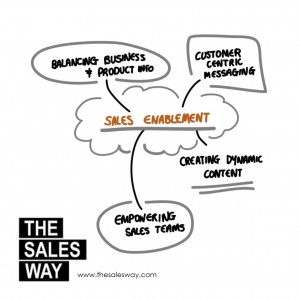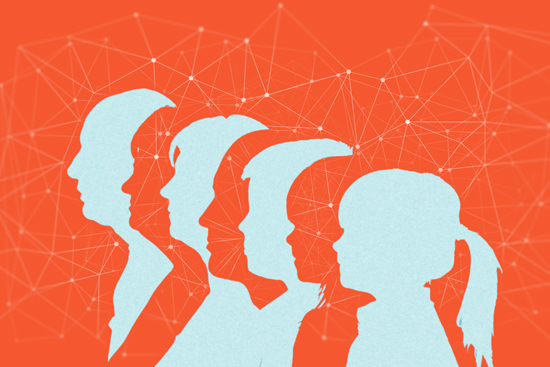
Social scoring and ROI are two hot topics for marketers, and right now they’re largely separate considerations. But what if you could know which people were truly influential in terms of driving revenue for your brand?
Instead of guessing based on follower counts or shares, what if you could dig deep into customer data and predict which customers would drive more spending through social media? Marketers have been wondering about this for years. In his 2012 book Return on Influence, Mark Schaefer predicted that companies would seek to assign dollar values to influencers.
Even then, Schaefer saw influence as having a direct and measurable impact on the bottom line. “As companies begin to connect the dots between online influence and offline activities, real dollar values can be placed on customers and the demonstrated impact of their influence.”
The Crowded Landscape
The options abound for enterprises interested in a predictive analytics tool: with so many vendors in the space, it’s easy to find comprehensive articles like this one that compare the features and limitations of each possibility.
Major players like IBM, Dell and Oracle are facing increased competition from start-ups claiming to have cracked the code for measuring and predicting social influence on revenue.
Newcomer Ninja Metrics, for instance, superimposes purchase data over a customer’s social graph. Their algorithm purportedly enables companies to see who influences whom, and specifically how much money people spend as a result of their influential friends’ purchases.
Blue Yonder, another contender, has a team of scientists powering its software, which pairs predictive analytics with automation to create “automated, high-performance forecasts for buying behavior.” If that sounds like a risky proposition, that’s because it is. Given the wildly variable nature of consumer psychology and behavior, any solution offering full automation must be carefully scrutinized.
Although automation in this area may be fraught with risk, predictive modeling does provide some potentially powerful data. Armed with accurate predictions of consumer behavior, companies could drive customer acquisition and retention, increase consumer spending, and reduce churn. But any tool is of questionable benefit unless its predictions can be tested against actual results.
How does it work?
By examining spending correlations between users, predictive analytics software determines who drives others to make purchases. Depending on the tool, companies can parse the data extremely fine to figure out exactly how much revenue users bring in because of their social interactions.
Using analytics, it may be possible to adjust the lifetime value of existing customers upward (or downward) based on the amount of money they bring in above and beyond their own spending.
But according to Dmitri Williams, CEO of Ninja Metrics, the classic big spenders (or “whales”) aren’t necessarily the same people who drive social spending.
“Classic whales may spend for enjoyment or conspicuous consumption,” explains Williams. “That’s different from people who are extremely tied in with their friends, and spend money to enjoy their company. “
With “social whales,” spending is about the relationship. “They don’t necessarily wind up spending a lot for that,” says Williams, “but they cause a lot of people to join them and share in the experience with them: there’s a very different sociology to the spending pattern.”
Is this really new?
Start-ups often tout their analytics and modeling tools as revolutionary, but predictive modeling has been around for 15 years or more, according to Burke Powers, a senior managing consultant and practice lead for the IBM Business Analytics Solution Services team.
“It’s the same idea as when ice cream parlors used to give coupons to cheerleaders,” says Powers. “The cheerleaders had the social influence to bring their friends in, turn the parlor into a cool place, and drive business. Predictive modeling uses the same process, only now it’s online.”
Businesses have long tried to use social influence to drive sales, and they’ve never had more data at their disposal. “The impact of social influence on selling has been widely studied,” says Powers. “Marketers can compile full psychological profiles, do product profiling, create complex, actionable clusters of data—all this data can be added to the social graph and used to predict customer behavior, so the technology is there.”
Social Scoring vs. Quantifiable Influence
In order to drive actual revenue, predictive modeling and influence measurement would need to go well beyond social scoring services like Klout, Kred and PeerIndex.
“[These services] assume influence,’” Williams observes, “based on who’s being retweeted the most. But that’s not anything you can really prove. As a scientist, you can’t publish that.”
The key, according to Williams, is to think about the friendships themselves, rather than the relationship between the brand and the customer. “People enjoy products and services together,” he explains, “so what’s really important is their relationship: if you can reinforce that, you can sell more.”
The question, as Powers sees it, is less about identifying “social whales,” and more about determining what kind of influence these people have. Can they influence others to come to a business (and stay)? Use a product or game? Influence them to buy? And how can companies channel influence into sales? Without the ability to act on this insight, companies are unlikely to see the value, according to Powers.
Can you measure influence?
Theoretically, predictive analytics could revolutionize marketing.
Marketers could target “social whales” based on quantifiable, provable influence, identify which key users are at risk to stop using the product or service, and test the impact of win-back messaging, marketing campaigns, coupons and other tactics all the way through to the individual spend.
So why don’t more companies use predictive modeling? Because it has the potential to be creepy if used without thinking about how customers will react, explains Powers.
“The technology exists, but many companies are still coming to terms with the complexity and working out how to implement in a customer-friendly way,” he says.
Essentially, with enough data, it’s possible to predict influence, but you might creep out the influencers or those being influenced. Powers’s prediction: “There are going to be a lot of mistakes made before best practices are well understood.”
The mystery of “which 50% of your marketing works” could finally be solved, but can businesses effectively use this knowledge without being ham-fisted about it?
What do you think? Can you measure influence to such a granular degree, and is it worth the cost of collecting the data you’d need to power this type of algorithm?
Business Articles | Business 2 Community
(312)
